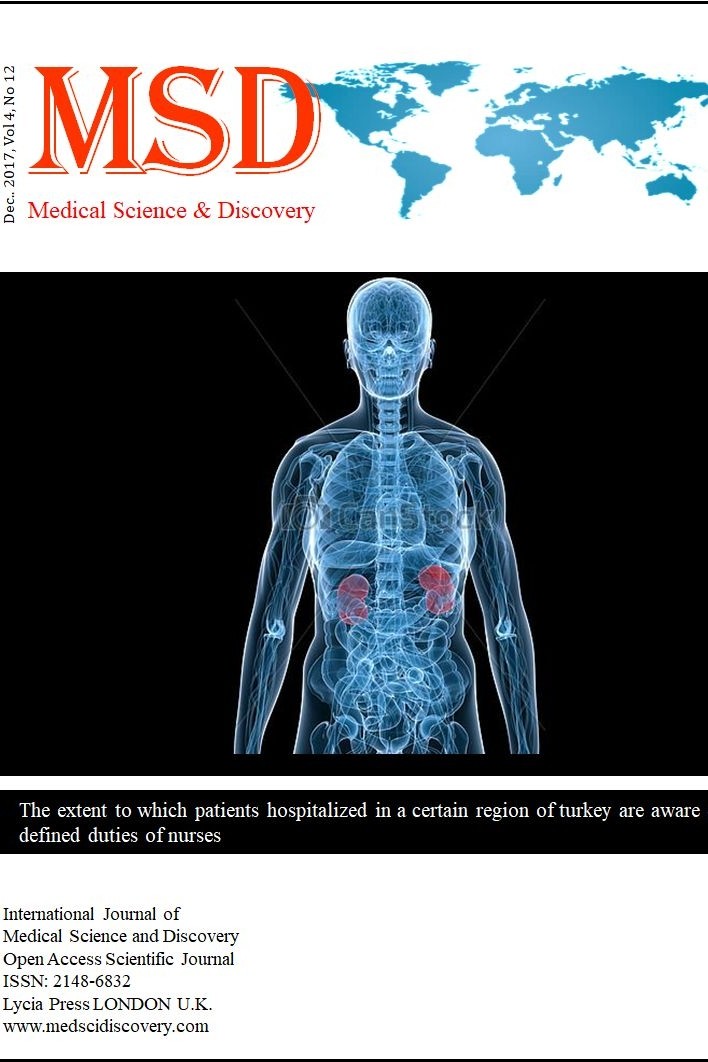One year experience of emergency service in patients with penetrating head trauma due to firearm
One year experience of emergency service in patients with penetrating head trauma due to firearm
___
- Alewander RH, Proctor HJ Head Trauma in: Advanced Trauma Life Support. 3 Edition. American College of Surgeons. Chicago, 1993; pp 159-83.
- Benzel EC, Day WT, Kesterson L, Willis BK, Kessler CW, Modling D, et al. CIVILIAN CRANIOCEREBRAL GUNSHOT WOUNDS. Neurosurgery. 1991;29(1):67-72.
- Erdogan E, Gonul E, Seber N. Craniocerebral gunshot wounds. Neurosurgery Quarterly. 2002;12(1):1-18.
- Gonul E, Baysefer A, Kahraman S, Ciklatekerlioglu O, Gezen F, Yayla O, et al. Causes of infections and management results in penetrating craniocerebral injuries. Neurosurgical Review. 1997;20(3):177-81.
- Grahm TW, Williams FC, Harrington T, Spetzler RF. CIVILIAN GUNSHOT WOUNDS TO THE HEAD - A PROSPECTIVE-STUDY. Neurosurgery. 1990;27(5):696-700.
- Jinkins JR, Dadsetan MR, Sener RN, Desai S, Williams RG. VALUE OF ACUTE-PHASE ANGIOGRAPHY IN THE DETECTION OF VASCULAR INJURIES CAUSED BY GUNSHOT WOUNDS TO THE HEAD - ANALYSIS OF 12 CASES. American Journal of Roentgenology. 1992;159(2):365-8.
- Kapp JP, Gielchinsky I. Management of combat wounds of the dural venous sinuses. Surgery. 1972;71:913.
- Kaufman HH, Makela ME, Lee KF, Haid RW, Gildenberg PL. GUNSHOT WOUNDS TO THE HEAD - A PERSPECTIVE. Neurosurgery. 1986;18(6):689-95.
- Liebenberg WA, Demetriades AK, Hankins M, Hardwidge C, Hartzenberg BH. Penetrating civilian craniocerebral gunshot wounds: A protocol of delayed surgery. Neurosurgery. 2005;57(2):293-8.
- Matson DD, Wokin J. Hematomas associated with penetrating wounds of the brain. Journol of Neurosurg, 1981; (54):44-8.
- Meirowsky AM. Penetrating Craniocerebral Trauma. Springfield, III Thomas, 1984.
- Meirowsky AM. SECONDARY REMOVAL OF RETAINED BONE FRAGMENTS IN MISSILE WOUNDS OF THE BRAIN. Journal of Neurosurgery. 1982;57(5):617-21.
- Rish BL, Caveness WF, Dillon JD, Kistler JP, Mohr JP, Weiss GH. ANALYSIS OF BRAIN-ABSCESS AFTER PENETRATING CRANIOCEREBRAL INJURIES IN VIETNAM. Neurosurgery. 1981;9(5):535-41.
- Stone JL, Lichtor T, Fitzgerald LF. GUNSHOT WOUNDS TO THE HEAD IN CIVILIAN PRACTICE. Neurosurgery. 1995;37(6):1104-10.
- Ziya İM, Kılınçoğlu BF, Şahin Y, Aydın Y. Penetrating cranicerebral gunshot wounds. Ulusal Travma Acil Cerrahi Dergisi, 1999;(5):238-41.
- ISSN: 2148-6832
- Başlangıç: 2014
- Yayıncı: Zafer AKAN
Independent risk factors for failure of non-operative management in patients with splenic injury
Zubeyir Bozdag, Abdullah Boyuk, Ahmet Turkoglu, Taner Ciftci, Omer Uslukaya, Abdullah Oguz, Metehan Gumus
A Case of Crohn’s Disease Admitted with Acute Abdomen
Yeliz Appak, Guzide Dogan, Serdar Tarhan, Semin Ayhan, Erhun Kasirga
An early breathing disorder in a newborn: Jeune syndrome
Fatma Narter, Ozlem Turkoglu, Hakan Sarbay, Muferret Erguven
Alper Ozdemir, Hale Aral, Fusun Erdenen, Rabia Bilge Ozdemir, Omer Emecen, Guvenc Guvenen, Cuneyt Muderrisoglu
Hossein Ebrahimi, Mohammad Asghari Jafarabadi, Hossein Namdar Arshetnab, Soraya Golipoor Khanmiri
One year experience of emergency service in patients with penetrating head trauma due to firearm
Hamza Karabag, Mustafa Kilic, Kadri Ethemoglu, Hasan Buyukaslan
Analysis of adult intoxication cases treated in ICU: A sample from Adıyaman Region of Turkey
Mehmet Duran, Oznur Uludag, Nureddin Yuzkat
Diet induced weight loss reduces mean platelet volume in people with obesity
Huseyin KURT, Davut DEMİRKİRAN
Ali Golmohammadi, Mohammadreza Taban Sadeghi, Mina Bakhshayeshi, Hossein Namdar, Ahmad Separham
An unusual reason of abdominal pain: Rapunzel syndrome case report and literature review
